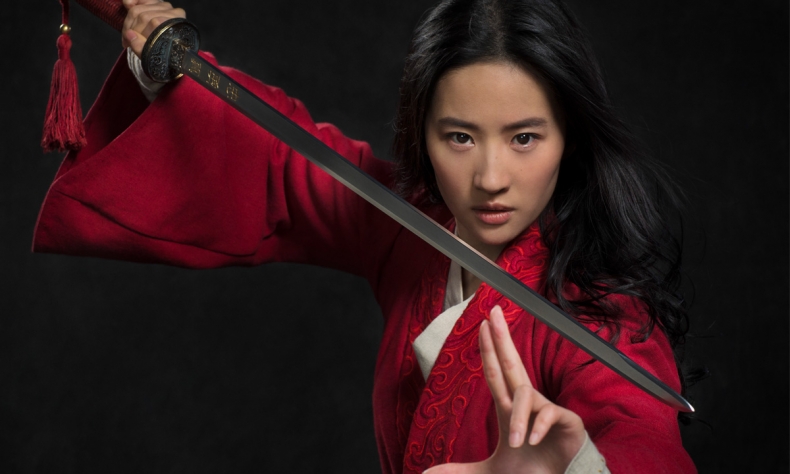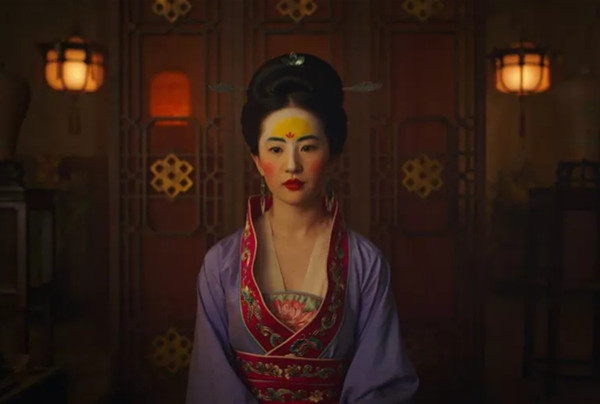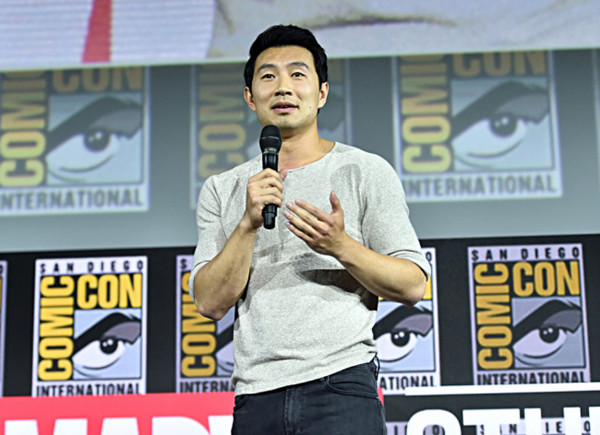
Mulan and Shang-Chi: Not so Chinese as They Seem
It is hard to predict the fate of “Mulan,” but the vocal shockwaves from the audience can still push Westerners to know more and gain a better understanding about China, while Chinese filmmakers can still learn how to make a universal story based on folk stories from anywhere in the world.
The Walt Disney Studios sees a bright future in the Chinese market and is trying to please local tastes; however, it now finds itself embroiled in a negative reaction over claims it is misinterpreting Chinese culture.
The first trailer of “Mulan,” a live-action remake of Disney’s 1998 classic animated feature, was released on July 7 and received more than 175 million online views in the first 24 hours. For all the live-action Disney remakes, this is an amazing response.
Amid the phenomenal attention it has generated, 52 million views were from China. Of course, Mulan is a Chinese heroine and the lead role is played by one of the most famous Chinese actresses, Liu Yifei.

However, controversies immediately erupted. Chinese internet users mocked Disney perceptions of the Mulan character, and pointed out various factual errors, from her unusual make-up judged by modern aesthetics, to where she lived – Hua Mulan first appeared in the ancient narrative poem “The Ballad of Mulan” and the historic setting is in the Northern Wei Dynasty (386–536), which would place her in a north China setting. However, in the movie trailer, she is shown as residing in a tulou in the southern coastal province of Fujian.
Tulou, the enclosed and fortified earthen buildings depicted, were mostly built between the 12th and the 20th centuries in southeastern Fujian, making it impossible for Mulan to have ever lived there.

The Hollywood version of Mulan is also made to reflect the current Zeitgeist about female empowerment and individualism so that she can bring honor to her family, which is an Americanized approach. However in the traditional Chinese tale, Mulan should reflect national loyalty and filial piety as she disguises herself as a man, and becomes a famous warrior, in place of her aged and sick father unable to fulfill his military service obligations.
Though Disney hired Chinese cultural consultants and the legendary Hong Kong producer Bill Kong as executive producer to ensure the film was authentic and accurate in its Chinese details, it seemed the film is still somewhat exotic to audiences both domestic and overseas.
It is certainly far away from what Chinese audiences really want. The new image and story of Mulan could be just another pastiche of the twisted perceptions and garbled Chinese symbols put together by ill-informed Westerners.
It’s hollow in terms of traditional Chinese cultural connotation; however, this kind of cultural product can be sold to the world, and because the producer symbolizes Hollywood, it has the strong soft power and say in interpreting and re-imagining cultural images and heritage in its own language and value.
Thus, this oriental wonder will still fascinate Western audiences with its exoticism, while the Chinese audience should also be able to feel a shallow cultural pride. This is a good business, and that is what it is.
Actually, Disney’s 1998 animation “Mulan” caused similar controversies. At that time, the story even had a pet dragon called Mushu. The new remake drops this character to make it more grounded in fact.
Mulan is not the only example for the clash of Chinese and Western interests fighting for the final say on cultural interpretation. “Turandot” is a perfect example of pure Western wild imagination of China with high art value, but not necessarily being truthful or reflecting the real China.
In recent years, while the success of “Crazy Rich Asians” showed the huge market potential for an Asian-themed Hollywood movie, it didn’t work in the Chinese market. Even the great director Zhang Yimou couldn’t make it work in regard to his epic “The Great Wall,” an ancient Chinese monster tale with a script written by Hollywood. Indeed, the final product looked pretty strange.
It is hard to predict the fate of “Mulan,” but the vocal shockwaves from the audience can still push Westerners to know more and gain a better understanding about China, while Chinese filmmakers can still learn how to make a universal story based on folk stories from anywhere in the world. We have a few filmmakers able to achieve a balance between keeping Chinese culture truthful and appealing to worldwide interests, such as Ang Lee and Wong Kar-wai. We need more such creative people.

Shang-Chi, though based on Bruce Lee, a pride of the Chinese people, is another problem. Before, and indeed also after Marvel Studios’ President Kevin Feige announced the first Chinese superhero film “Shang-Chi and the Legend of the Ten Rings,” starring Liu Simu and Tony Leung at the San Diego Comic-Con on July 20, the buzz of controversy has been loud and clear.
Of course, it is again an American superhero story decorated with Chinese elements, particularly the kung fu part. However, for Chinese, the most horrible part being discussed is Shang-Chi’s father in the first issues of the original comic books – Fu Manchu, a composite of negative Chinese stereotypes shaped by various Western cultural products for nearly a hundred years, reflecting the “yellow peril” racism, bias and irrational Sinophobia begun in the 19th century and still lingering.
Angry Chinese patriotic internet users denounced the setting, though Shang-Chi comics parted with Fu Manchu a long time ago. At the same time, amid the current environment of political correctness in America, and for the sake of the big Chinese market, Disney would never dream of offending Chinese again. To be fair, the progress and opening up of modern China have already broken the extreme prejudice and myth spawned from the villainous Fu Manchu.
We need to wait and see how the Shang-Chi story is finally modified and what it evolves into, without rushing into a hasty judgement now. True, they have a historic burden, but I think Disney may have been listening, and it turns out the character Fu Manchu was not supposed to be in film in the first place.
The issues in “Mulan” and “Shang-Chi” are still due to the disadvantages stemming from the fact that China has lacked a cultural say in the world for a long time: We can’t rely solely on Hollywood and other countries’ films and television productions to spread and promote our culture, and then look at others’ portrayals of us in a distorting mirror.
We need to build our own global platform and dissemination vehicles. Without a strong voice and soft power, we will lose the final interpretations of Chinese culture and Chinese images. Fortunately, we are catching up year by year.
 Facebook
Facebook
 Twitter
Twitter
 Linkedin
Linkedin
 Google +
Google +


